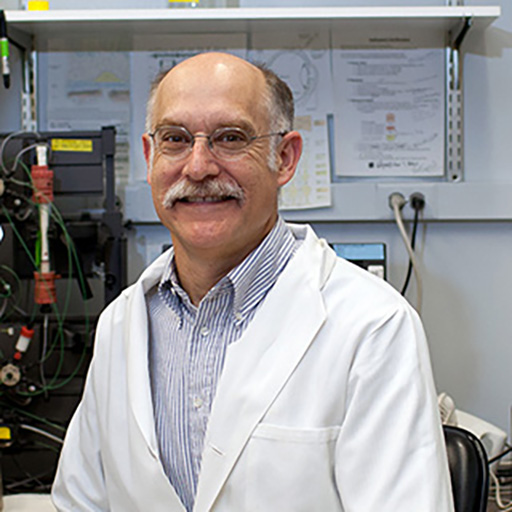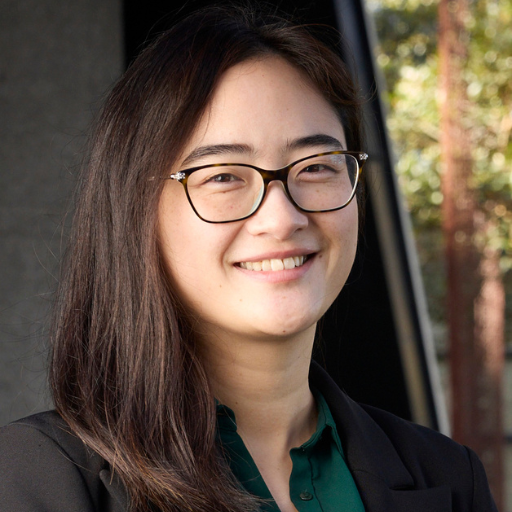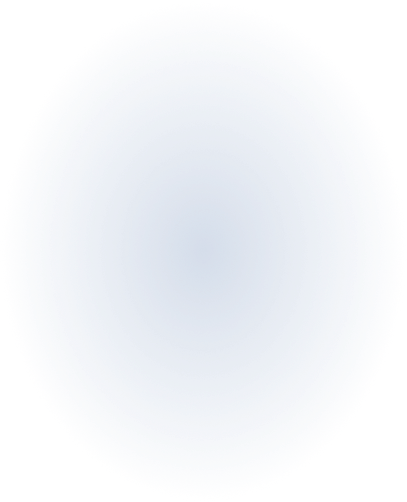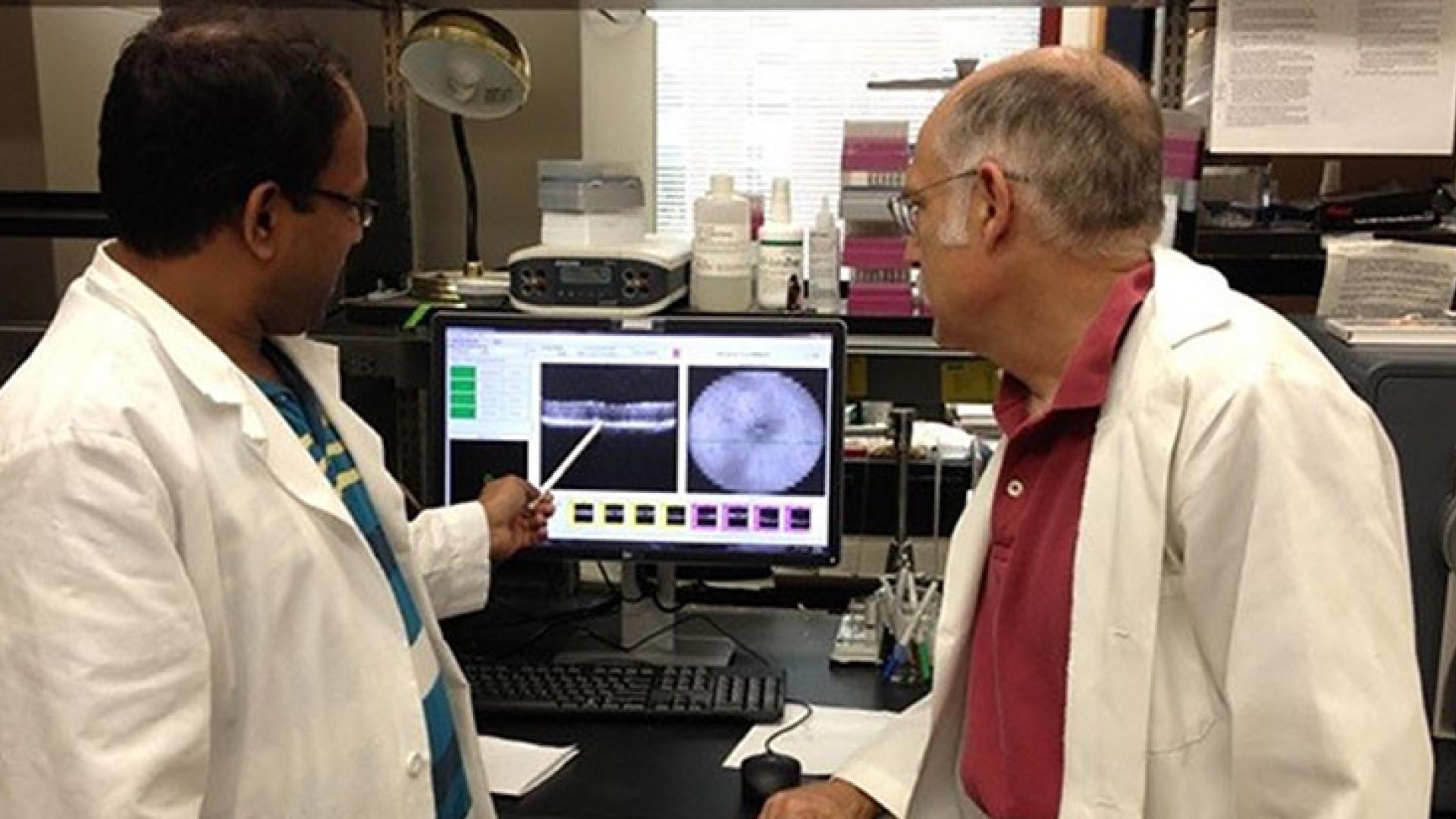A Novel Antioxidant Therapy for Retinal Degeneration

About the Research Project
Program
Award Type
Standard
Award Amount
$120,000
Active Dates
July 01, 2015 - June 30, 2017
Grant ID
M2015348
Acknowledgement
Co-Principal Investigator(s)
Manas Biswal, PhD, University of South Florida
Goals
Toxic oxygen compounds are known to damage the retina with age and contribute to age-related macular degeneration (AMD). We will use a mouse model of dry AMD (aka, geographic atrophy) to test if reversal of oxidative stress using gene therapy can be beneficial once signs of the disease are detected. Then we will test a potent antioxidant compound that we characterized previously to determine if it prevents retinal degeneration in these mice. Our goal is to prevent the progression of dry AMD in people with early signs of this blinding disease.
Summary
The goal of this project is to develop a novel drug to prevent geographic atrophy, the advanced form of dry AMD. Based on considerable biochemical and clinical data, we hypothesize that with age, normal metabolic activity produces reactive forms of oxygen that damage the retina. We plan to test a newly discovered compound to prevent this damage in a mouse model of dry AMD in which the build-up of reactive oxygen molecules is accelerated. This drug was selected in a high throughput screen of over 1.3 million compounds for its ability to stimulate the production of protective enzymes.
In our current experiments, we will do three things. First, we will identify the best delivery method for the drug, for example, oral or injected or eye drops. Next, we will determine what dose of the drug is needed to elevate to level of protective enzymes in the retina. Finally, we will test the effective route of delivery and dose in the mouse model of AMD, employing some of the same techniques used in AMD in humans to measure protection, including measurements of retinal structure and function, and analysis of visual acuity. At the end of the experiments, histopathology will be performed to verify that protection has been achieved.
Our proposal is innovative in that we have access to large-scale screening used to identify drug compounds that offer retinal protection and have identified several unique ones that have been tested for safety in cell culture and animals. No one else working on the eye has these molecules.
Related Grants
Macular Degeneration Research
Studying the Role of Genes & the Tone of Our Eye Pigment in AMD
Active Dates
July 01, 2025 - June 30, 2028

Principal Investigator
Ruchi Sharma, PhD
Current Organization
National Eye Institute
Macular Degeneration Research
A Novel Implantable Device to Treat Wet Macular Degeneration
Active Dates
July 01, 2025 - June 30, 2028

Principal Investigator
Charles DeBoer, MD, PhD
Current Organization
Stanford University
Macular Degeneration Research
New Drug Delivery Approach to Transform Macular Degeneration Treatment
Active Dates
July 01, 2025 - June 30, 2028

Principal Investigator
Daisy Shu, PhD
Current Organization
University of New South Wales




